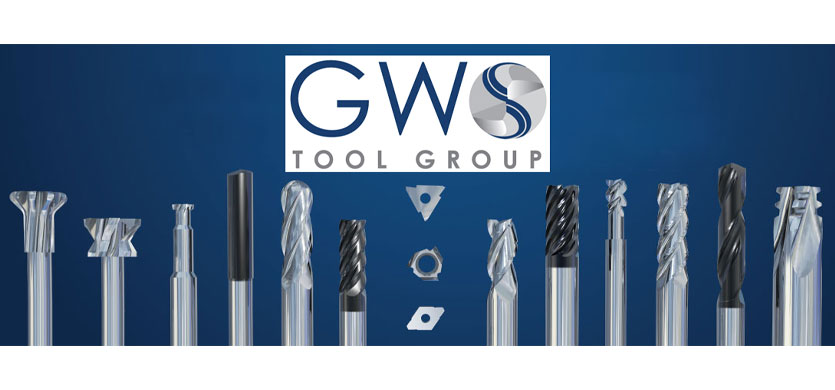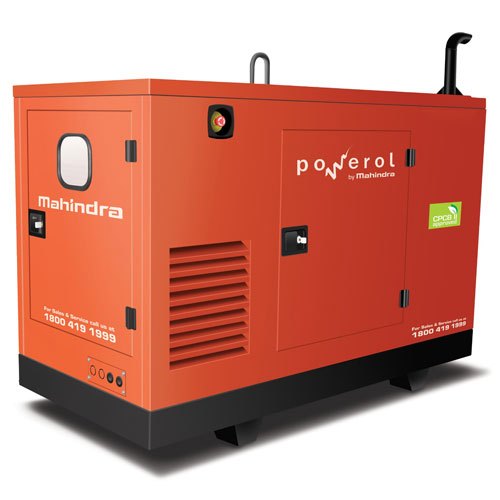Cutting tool users are often aware of the constant advancements and changes that are being made in tool material technology. When a tool change is needed, it is important to compare the performance of the variants before selecting the right tool for the job. There are several tool materials which range from diamonds to carbon steel and it is important to understand the differences among each type.

In general, a cutting tool has the following characteristics which are important in selecting the right fit for the application:
- Hardness
This refers to the hardness and strength of the cutting tool that must be maintained at high temperatures and is also referred to as hot hardness.
- Toughness
The toughness of cutting tools is important as the general expectation is that tools don’t chip or fracture particularly during interrupted cutting operations.
- Wear Resistance
This refers to the attainment of acceptable tool life before the tool needs to be replaced.
As the demand for better cutting tools has increased, manufacturers of cutting tools have continuously improved on their products to surpass the expectations of their customers. Many materials have been experimented with and primarily, there are two types of cutting tools widely used in the machining industry, namely: High-speed steel cutting tools and Carbide cutting tools, with the latter being preferred to the former.

Carbide cutting tools are further classified into two groups:
- Cast-iron carbides
Cast-iron carbides are specifically made to cut cast iron materials. If a normal cutting tool was to be used to cut iron, there would be a good chance that it would wear out, not serving the application. These tools are more resistant to abrasive wear which occurs during the cutting process of cast-iron specifically due to its highly abrasive surface. These carbides are therefore able to protect the tool from edge wear.
- Steel-grade carbides
Steel-grade carbides are used specifically because they can resist heat deformation which occurs at high cutting speeds. There are some different types of carbides which are used to cut different metals, however, the main carbide material used is tungsten carbide with a cobalt binder. Tungsten carbide can resist abrasive wear and is very hard- with the addition of cobalt, which toughens up the tool further.
Carbides are used for a variety of industrial applications and are referred to as cemented carbide products which can be classified into three main grades:
- Wear grades: These are generally used in dies and tool guides
- Impact grades: These have higher shock resistance and can be used specifically for stamping and forming.
- Cutting tool grades: These are carbide cutting tools that are used for cutting purposes in the industry.
Suncoast Precision Tools specializes in carbide cutting tools and should be your go-to stop for anything cutting tool-related! There are many benefits of using these tools, particularly resistance to abrasion, resistance to wear, resistance to cratering and compressive strength. Carbide is known to be the best material for cutting tools in the industry which is why they have critical acclaim over the past few years.



